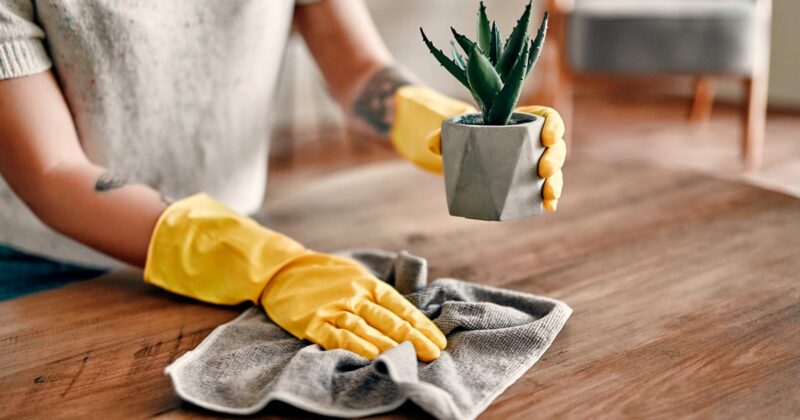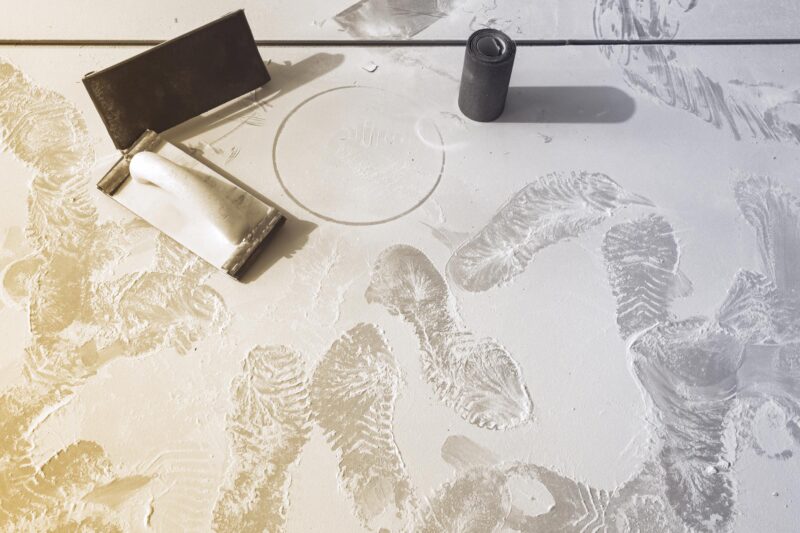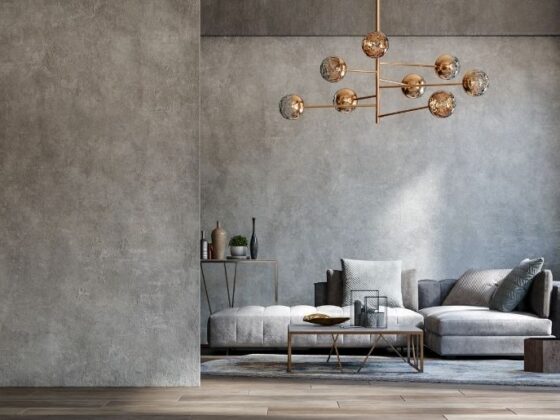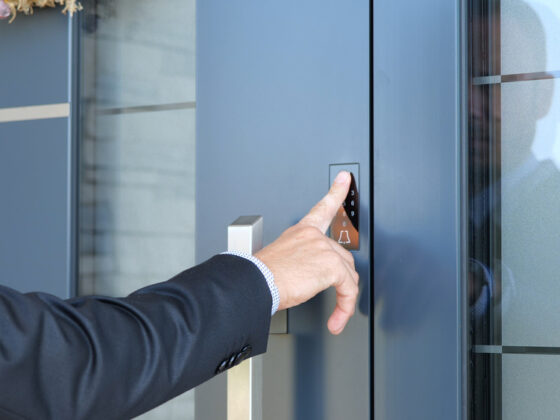Renovating a house is a moment of great excitement. Whether it’s to modernise the home or give it a more pleasant style, renovation is always a time of high expectations. However, the task also has its unpleasant side.
One of the most annoying aspects of a renovation is the dust it generates. These particles, which seem to stick to and penetrate every corner, are very inconvenient. But is it harmful as well as annoying? And how can we keep it under control? Find out the answer.
Is Dust Really Dangerous or Simply a Nuisance?

Everyone agrees that dealing with airborne particles is a major hassle when renovating a house. This dust sticks to everything—walls, floors, furniture, appliances, and even our pets. This brings an even greater inconvenience: the feeling of having gritty hands.
If that were all, there would be little cause for concern. After all, a good shower or some moisturiser can address minor discomforts. However, this dust is not merely inconvenient; it can also pose significant health risks.
The particulates generated during renovations can irritate the respiratory system, leading to asthma, bronchitis, and other chronic diseases. Fine particulate matter can penetrate the lungs and cause significant health problems. It also contains allergens such as dust mites, pollen, and mould spores that can trigger allergic reactions, resulting in sneezing, runny nose, itchy eyes, and more severe reactions in individuals with asthma or other respiratory conditions.
But the problems don’t stop there. On top of that, dust can harbour bacteria, viruses, and fungi. Additionally, during the renovation, builders can release certain “dormant” materials into the air, such as asbestos, silica, or lead. Prolonged exposure to these substances can lead to serious health issues, including lung cancer and silicosis.
Therefore, it is essential to implement measures to minimise dust generation, particularly during activities such as tearing down walls, ceilings, or floors; sanding; cutting and sawing materials; drilling holes; painting and scraping; and when undergoing the installation of drywall.
Steps to Keep Dust Under Control During Your Renovation

Despite all the risks, you don’t need to give up on your renovation. By taking a few simple measures, you can keep dust generation at acceptable levels.
Isolate The Area:
- Separate the area where the work will be carried out. Use plastic sheets to create an isolated bubble, preventing airborne contaminants from escaping the room.
- Install dust-proof door barriers, such as zippered plastic doors or magnetic door seals, at the entrances to rooms.
Protect Floors and Carpets:
- Cover your floors and carpets with cling wrap or heavy-duty plastic sheeting. Secure the edges with tape to ensure the cover stays in place.
- Use carpet protection film, which adheres to the carpet and provides extra protection.
- For additional insulation, especially in high-traffic areas, place sheets of cardboard or plywood over the plastic sheeting.
Regular Cleaning:
- Even with protective coverings, regular cleaning is essential. Use a vacuum with a HEPA filter to remove any dust that may have settled on the protective material.
Protect Furniture and Fixtures:

- Cover any furniture and fixtures in adjacent rooms with plastic sheeting or dust covers. This extra layer of protection ensures that these items remain dust-free and reduces the cleaning workload after the renovation is complete.
Use LEV Systems:
- Include local exhaust ventilation (LEV) systems in your renovation plan. They are designed to capture dust at its source, preventing it from becoming airborne and spreading throughout the area.
- Dust extraction systems typically include a hood or other collection device, ducting, an air cleaner, and a fan or blower to move the contaminated air out of the work area.
Choose the Right Equipment:
- Select the right machine for your task. Portable dust extractors or shop vacuums with HEPA filters are ideal for smaller activities, such as sawing, sanding, and drilling.
- For larger projects, consider a centralised dust collection system that can connect multiple tools and workstations.
Create Negative Air Pressure:
- Create negative air pressure in the renovation area by using exhaust fans to direct air and dust outside. This further prevents dust from spreading to other parts of the house.
Dust can be very inconvenient and even hazardous, but it shouldn’t stop you from renovating your home. By using the right tools and strategies, you can make your construction project a success while keeping air pollution under control.


